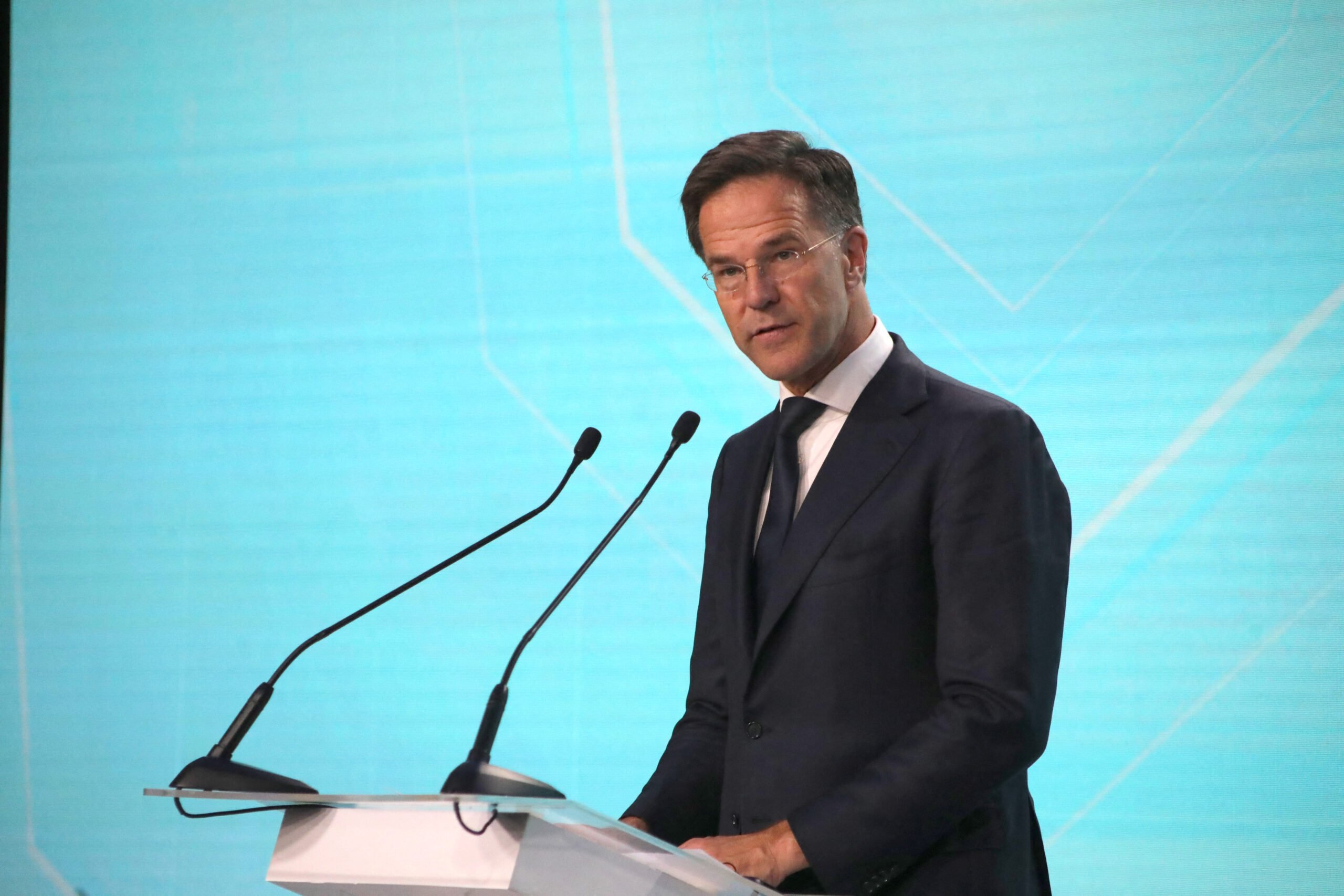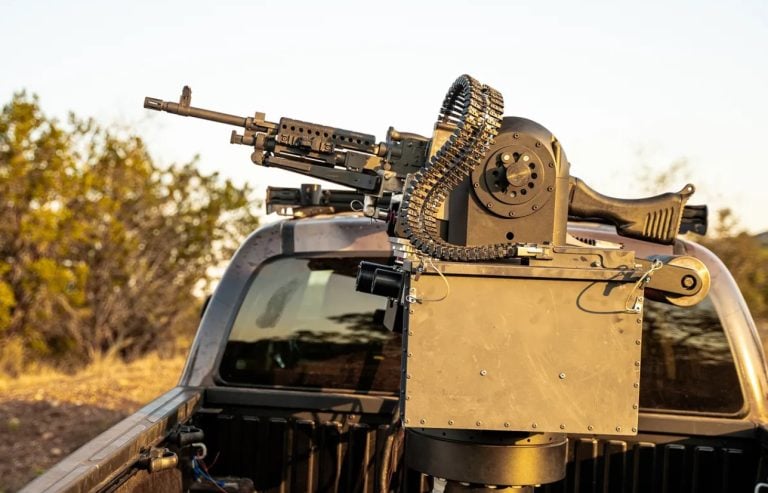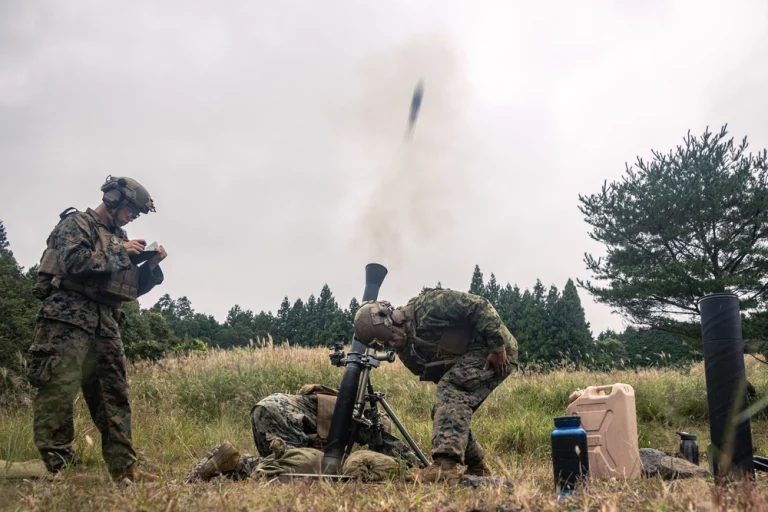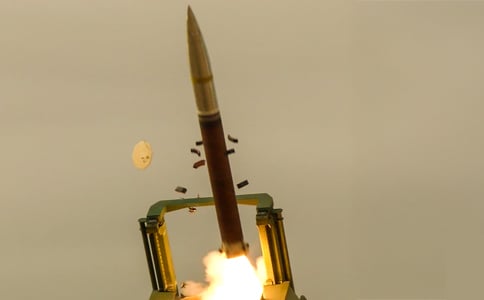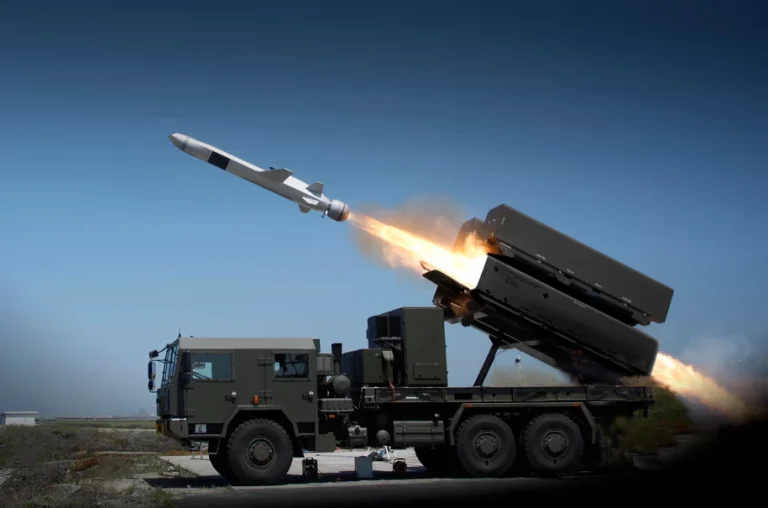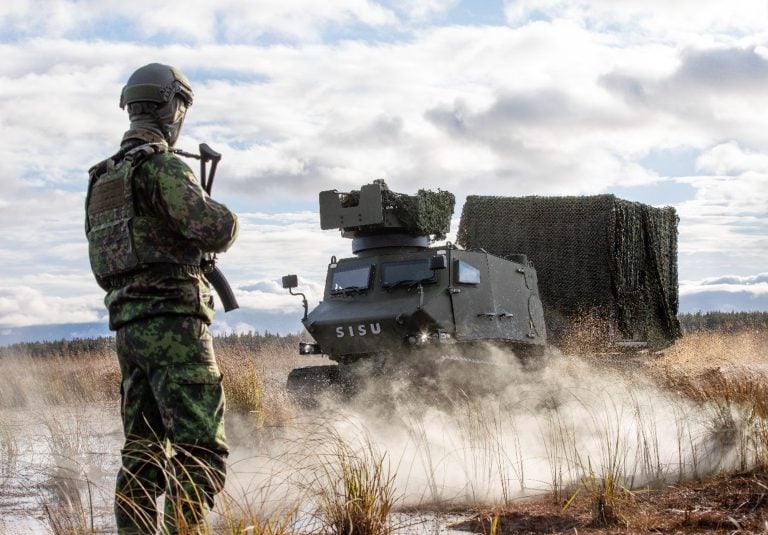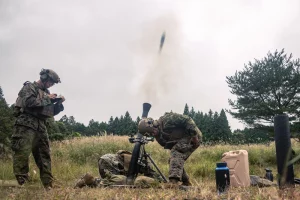NATO officials announced that all member nations are on track to meet the alliance’s previous defense spending goal of two percent of GDP by this year. This marks a significant shift as the 32-nation military alliance plans to pursue a more ambitious target that was established during a recent summit in The Hague.
Pressured by US President Donald Trump, NATO members committed to increasing their defense spending dramatically over the next decade. This new commitment requires member countries to allocate five percent of their GDP towards security-related expenditures. This figure is divided into two main categories: 3.5 percent dedicated to core defense initiatives and 1.5 percent for broader areas, including infrastructure and cybersecurity.
The new target supersedes NATO’s original objective of two percent, which was first established in 2014. The alliance stated that it expects all member countries to achieve this new goal by 2025, with overall defense spending projected to exceed $1.5 trillion that year. This announcement follows urgent plans from nations such as Spain, Belgium, and Italy to hasten their progress to reach the two percent mark ahead of the Hague summit.
Reaching these spending levels, particularly the more ambitious goals set by Trump, poses significant challenges for many NATO nations in Europe. Officials emphasize that European countries must fulfill their financial commitments to develop the capabilities necessary to counter threats from Russia. With warnings from various Western militaries and intelligence agencies indicating that Moscow may be poised to launch an attack on a NATO member within three to five years if the conflict in Ukraine concludes, the urgency for increased defense spending is palpable.
The United States, which has played a crucial role in ensuring European security since World War II, is now encouraging its allies to shoulder a larger portion of the defense responsibilities. As part of this shift, the Pentagon is reviewing its global military deployments and has indicated a potential reduction of its presence in Europe in favor of focusing more resources towards countering China.
While some NATO allies lag in defense spending, countries situated closer to Russia, such as Poland and the Baltic states, are on course to meet the new five percent GDP target within the next few years. Poland is projected to be the biggest defense spender among NATO nations, anticipating an expenditure of 4.48 percent of its GDP by 2025. In comparison, the United States currently allocates 3.22 percent of its GDP to defense, contributing significantly to NATO’s overall financial framework in monetary terms.
